The Thirty Tonks Of Shri Shikarji
by Vivek Jain
Teerthraj Shikharji has 30 Tonks, in addition to the Jal Mandir. These are:
4 Shashvat Tirthankars:
* Shri Rishabhnan Prabhu (Tonk #3)
* Shri Chandranan Prabhu (Tonk #4)
* Shri Vardhman Prabhu (Tonk #22)
* Shri Varishen Prabhu (Tonk #23)
24 Tirthankars of current avasparni
2 Ganadhar:
* Shri Gautam Swami (Mahavir Swami’s Ganadhar; Tonk #1)
* Shri Shubh Swami (Parasnath Swami’s Ganadhar; Tonk #19)
Shikharji Map

This is probably the most authentic map of Shri Shikharji. It was commissioned by Siddhachalam in 2009. Details obtained after our research were also utilized to update Wikipedia and Wikimapia on the Internet.
About Shri Shikharji
Shri Shikharji is the holiest of all Jain teerths. Twenty of two-four Tirthankars of the current avasarpini, and countless other siddha, attained moksa here. It is situated on a group of eight hills called the Parasnath Hills in Giridih, Jharkhand.
In his book, Mahopadhyaya Lalitprabh Sagar ji (Jain Pilgrimages, Reverence and Art, Prakrit Bharti Academy, Jit-Yasha Foundation, Jaipur, 2000) describes Shikharji as follows: “When just one auspicious event of one Tirthankar can convert a place into a pilgrimage, it will be quite impossible for human intelligence to assess the holiness and power of that pilgrimage where as many as twenty Tirthankars have lit-up the inextinguishable light of nirvana. Although the first light of nirvana was lit-up in Ashtapad (in the Himalayas), today that pilgrimage is invisible to us. Under such a circumstance, Sammet Shikhar is that pilgrimage which we can hail as the “Shikhar” (Summit) of the first light of nirvana.”
Muniji goes on to explain:
“The truth is that Sammet Shikhar is the top-most light of nirvana. Of the twenty-four Tirthankars of Jainism, twenty Tirthankars namely, Ajitnath, Sambhavnath, Abhinandan prabhu, Sumatinath, Padmprabhu, Suparshwanath, Chandraprabhu, Suvidhinath, Sheetalnath, Shreyansnath, Vimalnath, Anantnath, Dharmnath, Shantinath, Kunthunath, Arnath, Mallinath, Munisuvrat Swami, Neminath and Parshwanath spent the evening of their lives on this great mountain and attained the supreme status of moksha. Every Tirthankar made efforts to enliven the density of power of this place, and consequently for millenniums, this place has been vibrant, awakened and anointed with their halo. Really, Sammet Shikhar is an astonishing, unique and awakened holy pilgrimage. Even today, the atmosphere of Sammet Shikhar contains a sort of holiness.”
Shri Shikharji’s Tonks extend for about 2 miles horizontally, from eastern end to the western. The total foot distance on the hilltop to cover all the 30 Tonks and Jal Mandir is about 4.5 miles.
All 30 Tonks have charan replicas (no idols). No daily puja pakshal or aarti is done at the tonks. It is, however, done at the Parasnath Tonk (Tonk #31) and Jal Mandir (designated as Tonk #20 in our map).
Tonk
“Tonk” is the English translation of the original term used to address the marble structure marking the supposed spot where a siddha attained moksha, or where a devotee established a spot for meditation in homage to a siddha. In some Jain literature, Tonk is defined as a peak with a Temple. All signs at Shri Shikharji refer to this term. The structure is also referred to as Toonk, Dehri, Kut, Koot in various Jain communities and dialects. In some Jain Literature, a Dehri is defined as a small temple with prominent threshold.
Sammed or Sammet
Sammed and Sammet is used interchangeably by various Jain communities. The difference is primarliy due to the form of Prakrit language used by Shwetambar and Digambar Jains. In the Shwetambar tradition Ardha Magadhi Prakrit is used, whereas in Digambar traditon Saurseni Prakrit is used. In Saurseni dialect, ‘t’ becomes ‘d’ in use. That is why its pronounced ‘Sammet’ in Shwetambar tradition and as ‘Sammed’ in Digambar tradition.
Veer and Vikram Samvat
Veer and Vikram Samvat calendar years are commonly used in various Jain literature and actual Tonk engravings in reference to the timeline of Shikharji Tonk dedication. Veer Samvat is mostly used by Jains (and Siddhachalam) in accordance with the Nirvana of 24 Tirthanakar, Bhagwan Mahavir Swami. Current Year 2009 (as per Gregorian Calendar) corresponds to Veer Samvat 2535-36. Hence, Current Year + 527 is the Veer Samvat Year (year starts on Diwali). Also, year 2009 corresponds to Vikram Samvat 2065-2066 in accordance with the Calendar established by Indian Emperor Vikramaditya. Hence, Current Year + 57 is Vikram Samvat Year.
Tonks Description
Shikahrji Tonks are situated on Parasnath Hills in the eastern Indian state of Jharkhand . The Tonks are spread on the hill top from east to west, for about 4km of horizontal distance. Various Tonks are situated on different peaks of the Hill, hence the total foot distance on the hill top to see all the 31 Tonks is about 9km. Shikharji main entrance starts from the North side of the Hill in Madhuban. The main paved foot trail from Madhuban leads up to Tonk 1, which is at the center of all Tonks. Tonks 2-20 are east of Tonk 1 and Tonks 21-31 are west of Tonk 1. Tonk 12 is farthest to the east, while Tonk 31 is the west most Tonk. The most common trail path to see all the Tonks is to start the pilgrimage from Tonk 1, walk eastwards towards Tonk 12 and then walk west towards Tonk 20, which is Jal Mandir. From Jal Mandir, a devotee walks up to Tonk 1 intersection and then walk westwards towards Tonk 31. From the 31st Tonk, pilgrims will usually return via the Dak Bunglow trail, which meets the main trail at Sheetal Nala.
Although there are Tonks of all 24 Tirthankars at Sammed Shikhar, only 20 of them attained Nirvana on these sacred Hills. 4 Tirthankars who did not attain Nirvana here are 1st Tirthankar Shri Adinath Prabhu, 12th Tirthankar Shri Vasupujya Prabhu, 22nd Tirthankar Shri Neminath and 24th Tirthankar Shri Mahavir Prabhu. Even though the history of Tonks go back many hundred years, the current Tonks of the 20 Tirthankars who attained Nirvana here were dedicated in Veer Samvat 2295 (Vikram Samvat 1825 or 1768 A.D.). Tonks of 4 other Tirthankars, along with Shashwatjins Rishabnanan, Chandranan, Varisen, Vardhman et al were dedicated in Veer Samvat 2395-2403 (Vikram Samvat 1925-1933 or 1868-1875 A.D.).

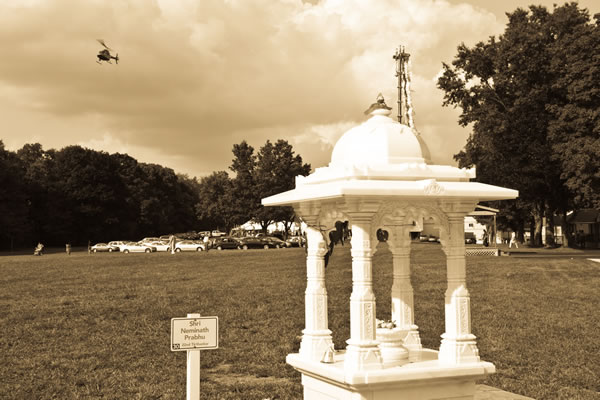

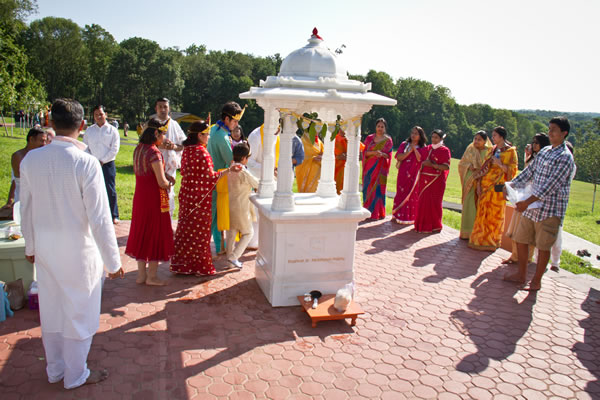
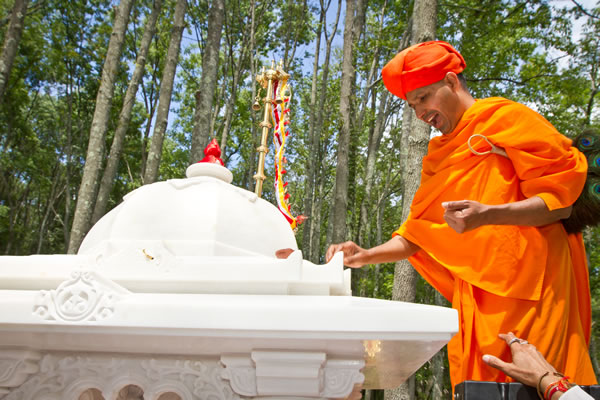
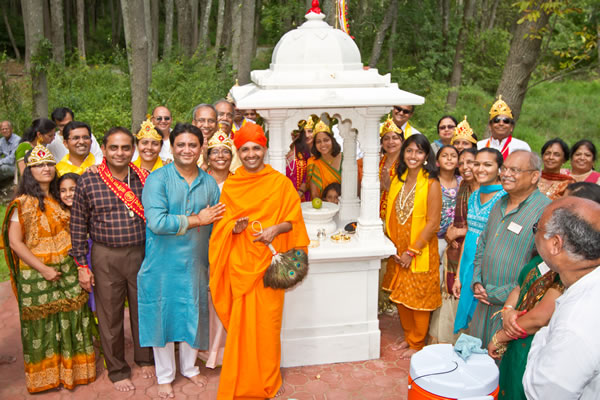
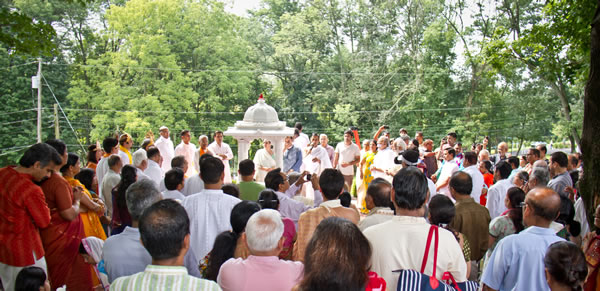
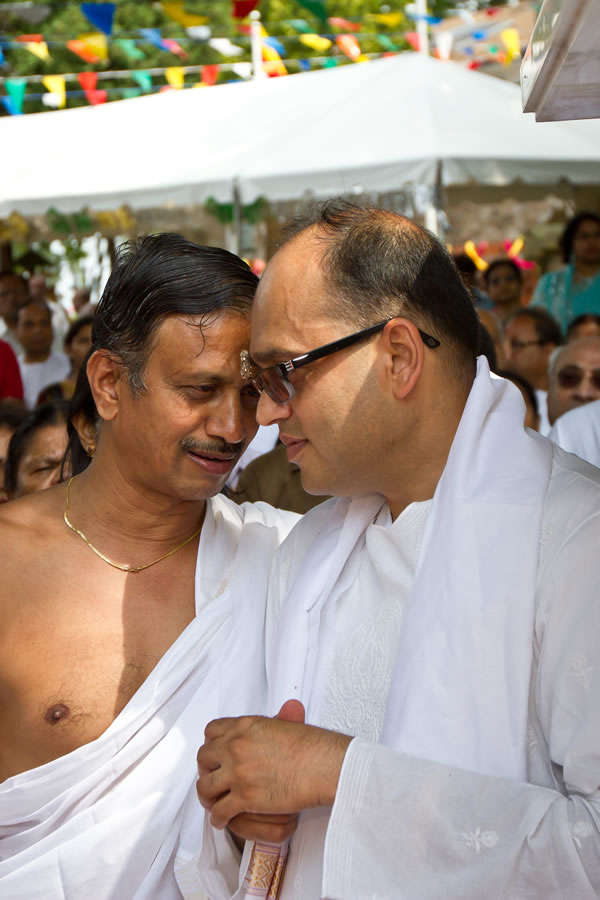
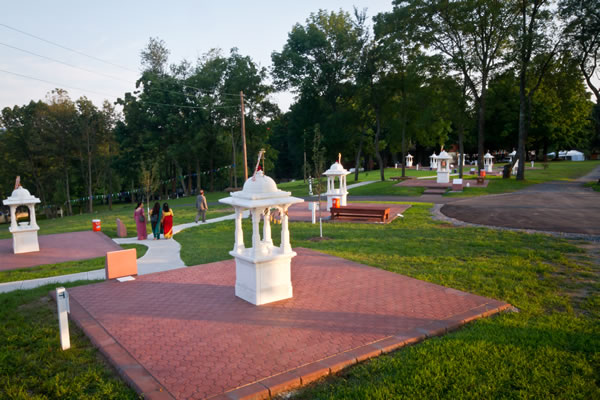
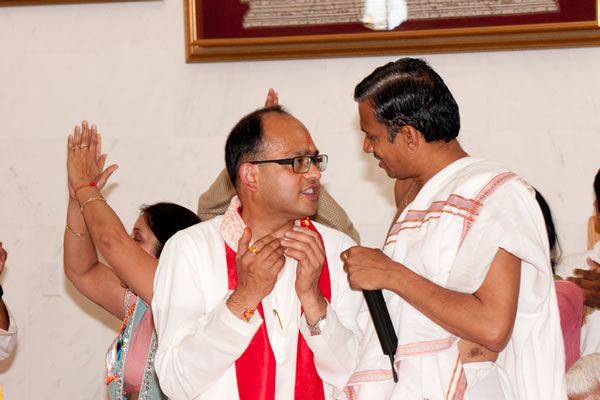
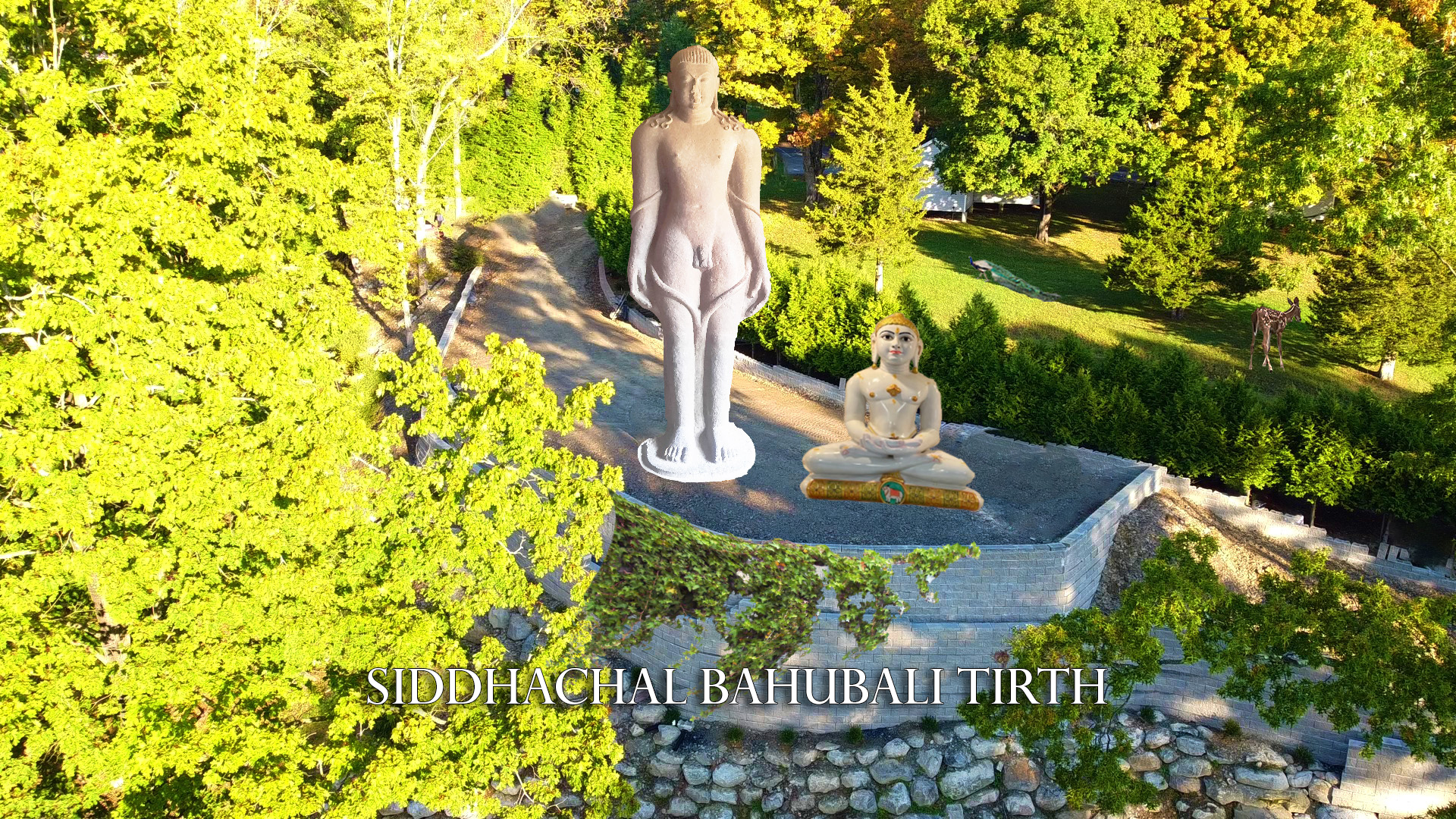 Keshi said to Gautam: “Whom do you call foes?” Hearing these words of Keshi, Gautam replied: “O sage! The first foe is one’s unconquered soul. Add to this the four passions of anger, conceit, deceit and greed, and the five senses of touch, taste, smell, sight and hearing. Vanquishing all these ten, I move about righteously.” Kumar-shraman Keshi said: “Gautam, you are endowed with excellent wisdom. You have removed my doubt…” Uttaradhyayana Sutra, 23:3- 39. The conversation between Sharman Keshi, follower of Bhagwaan Parsvanath, and Gautam Swami, the ganadhara of Bhagwaan Mahavira.
Keshi said to Gautam: “Whom do you call foes?” Hearing these words of Keshi, Gautam replied: “O sage! The first foe is one’s unconquered soul. Add to this the four passions of anger, conceit, deceit and greed, and the five senses of touch, taste, smell, sight and hearing. Vanquishing all these ten, I move about righteously.” Kumar-shraman Keshi said: “Gautam, you are endowed with excellent wisdom. You have removed my doubt…” Uttaradhyayana Sutra, 23:3- 39. The conversation between Sharman Keshi, follower of Bhagwaan Parsvanath, and Gautam Swami, the ganadhara of Bhagwaan Mahavira.